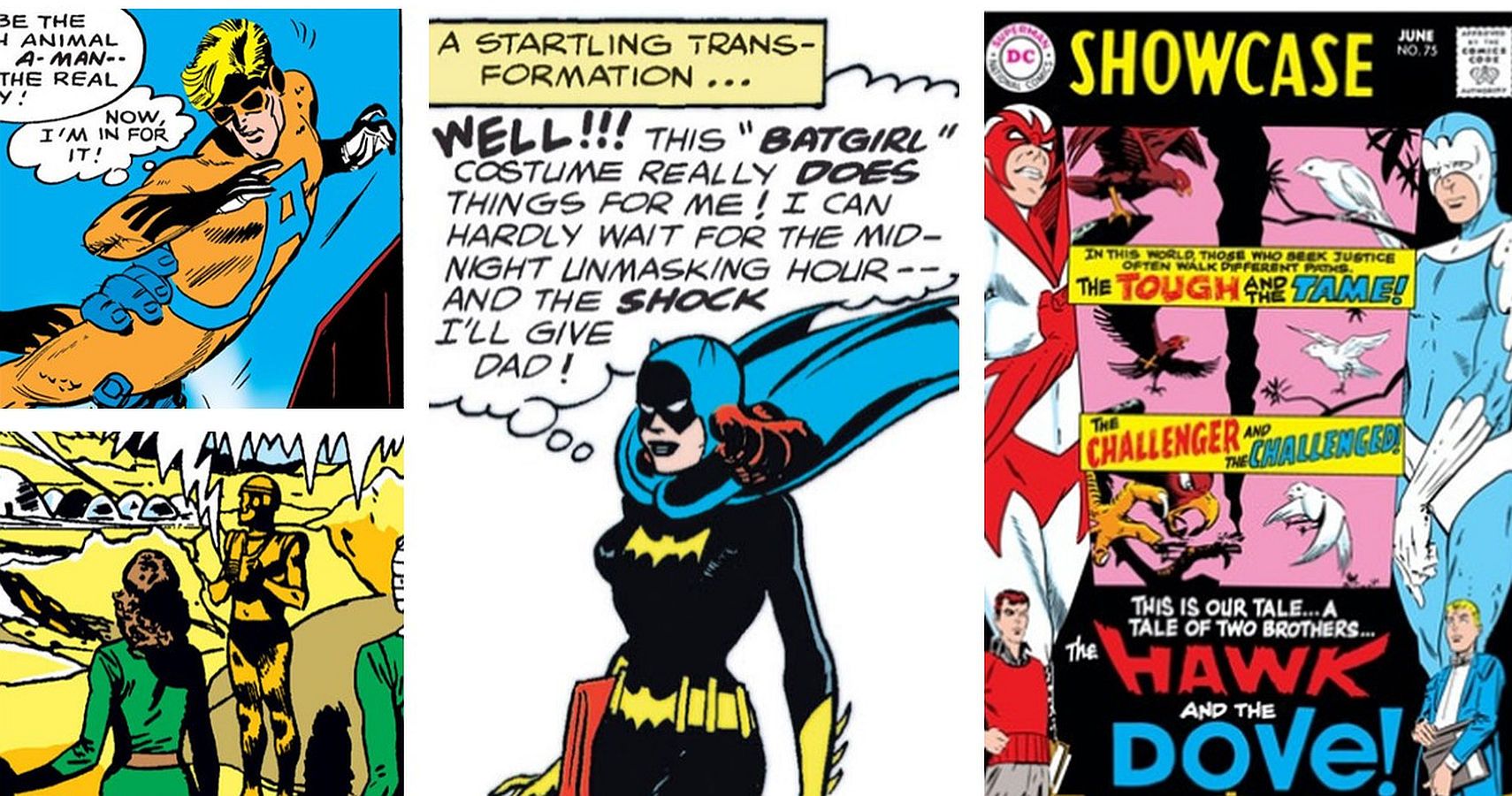
Starting in 1955, DC Comics changed the world of superheroes. It started with the re-introduction of the Flash as police scientist Barry Allen. From there, the momentum snowballed.
For the next 15 years of the Silver Age, the company would bring back modern versions of other heroes. It would combine them into teams like the Justice League and Teen Titans. Additionally, they would create a cavalcade of heroes and teams that were forgotten over time.
10 Challengers Of The Unknown (1957) Served As A Precursor To The Fantastic Four
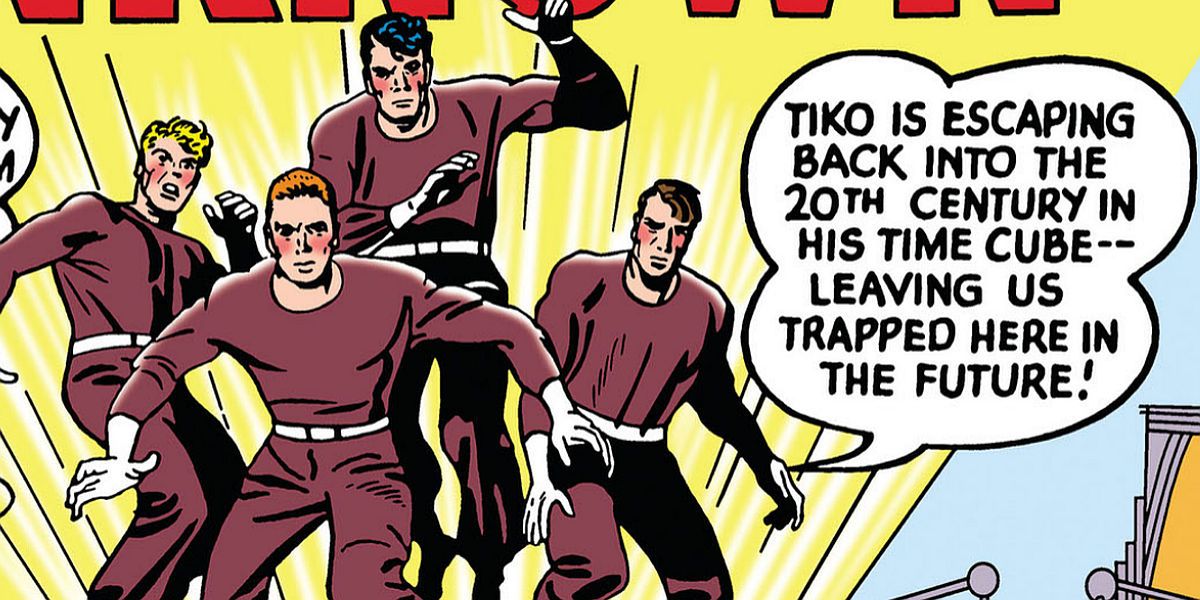
The contributions of artist Jack Kirby to the Silver Age of comics weren't only based at Marvel. He also added a few items to the DC mythos at that time. One of these was the Challengers of the Unknown, a sort of precursor to the Fantastic Four.
The Challengers were a quartet of non-powered adventurers. Either on their own or through other avenues, they embarked on various adventures to discover the mysterious. During their run in Showcase and their own series, most of these treks would involve encounters with evil scientists or space aliens.
9 Adam Strange (1958) Was A Sci-Fi Hero Of Planet Rann
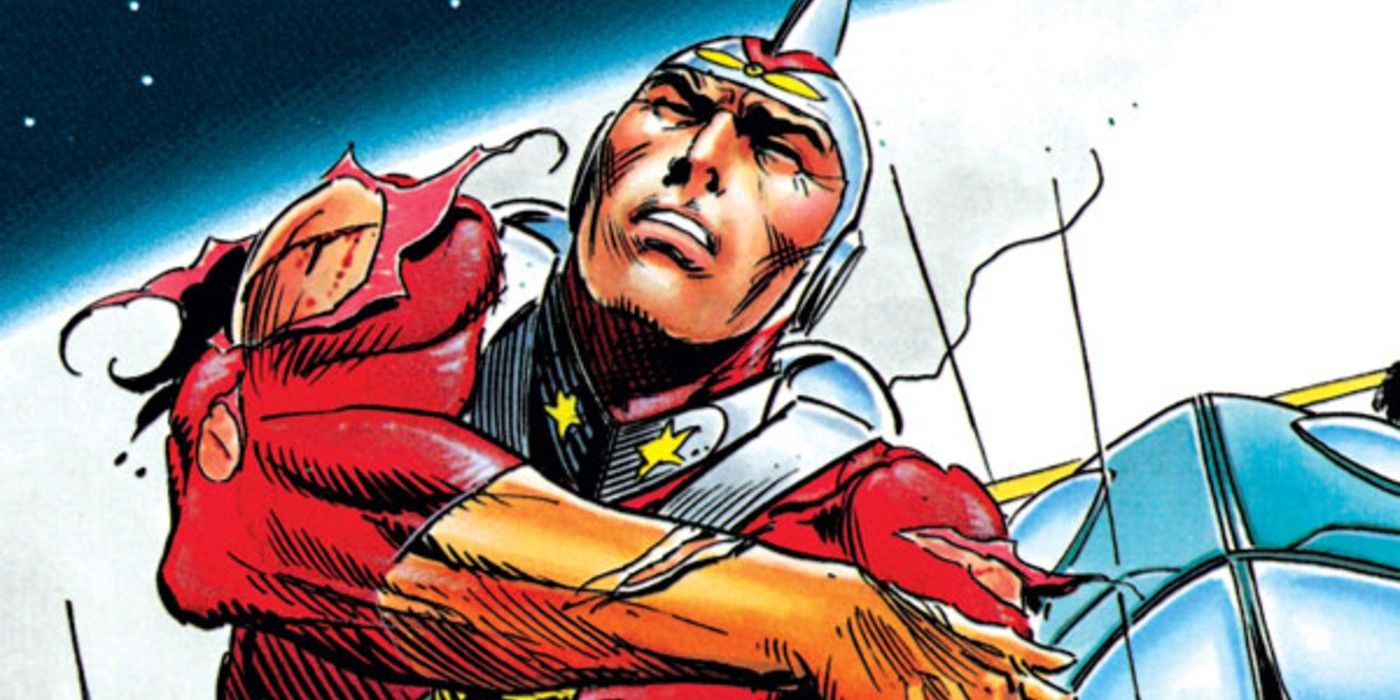
As the space-race began to heat up in the 1950s, science fiction received a new burst of attention. Comic books delved deeply into the genre before the start of the Silver Age with the creation of Captain Comet. In the late 50s, they created one sci-fi hero of the future, which was Space Ranger, and one in the present.
The latter one was Adam Strange. Introduced in Showcase, like many other heroes of the Silver Age, Adam was originally from Earth. However, after being struck by a Zeta-beam, he was whisked away to the planet Rann. There, he became a hero to the planet's population.
8 The Metal Men (1962) Made Up A Group Of Intelligent Robots
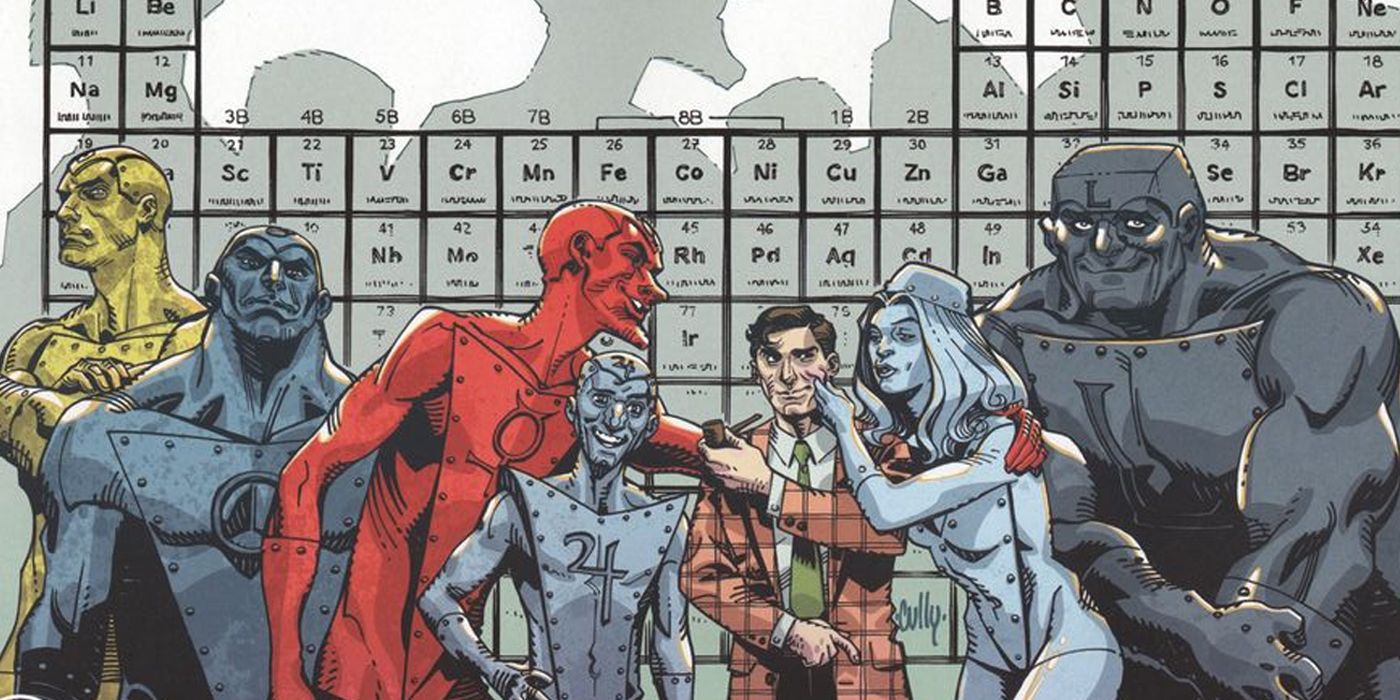
Before the introduction of androids and synthoids like Red Tornado and Vision, a quintet of intelligent robots called the Metal Men was introduced in Showcase #37 by Robert Kanigher and Ross Andru. Invented by Dr. Will Magnus, the group was comprised of living embodiments of various elements. Initially, the group included members Gold, Lead, Iron, Mercury, and the lone female of the group, Platnium.
Through the creation of responsometers, each Metal Man (and Woman) possessed traits of human emotions. It worked so well that Platnium believed she was a real woman and fell in love with Dr. Magnus. Though used as a filler for the titular comic book series, the Metal Men eventually got their own book.
7 The Doom Patrol (1962) Consisted Of Misfits Who Were Shunned By Society
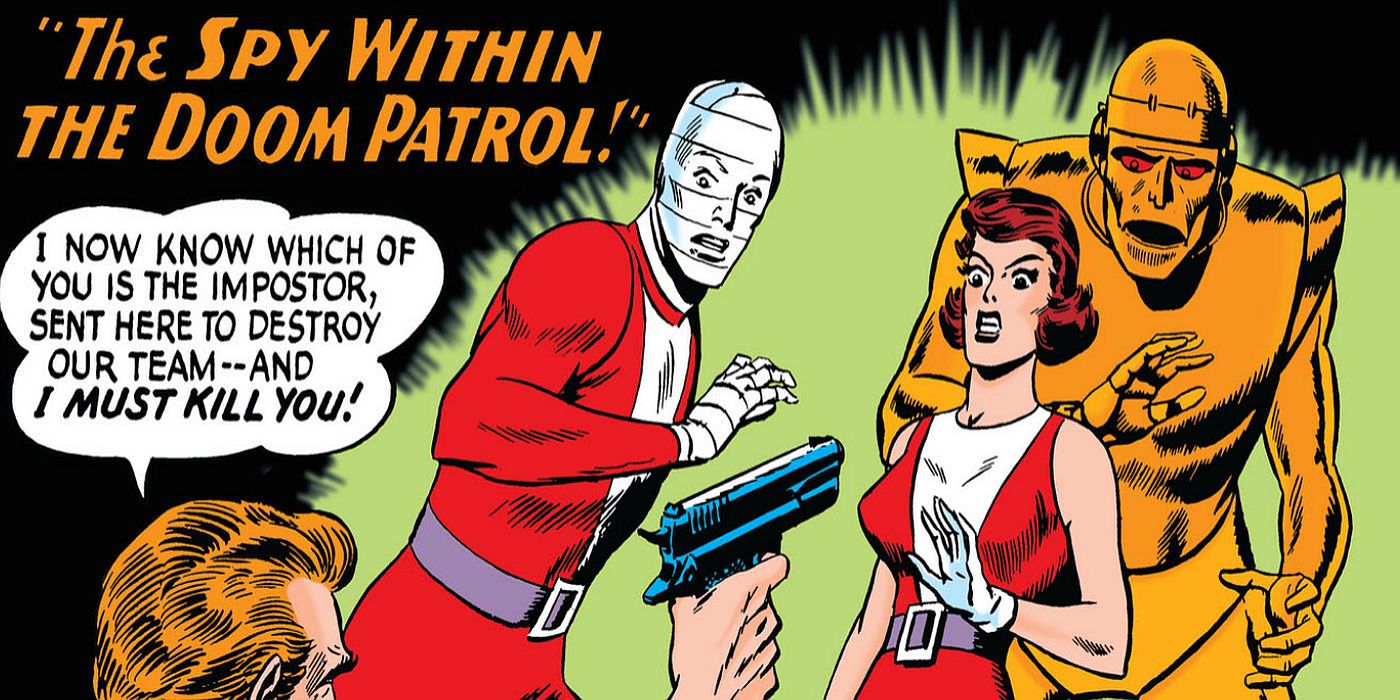
The X-Men didn't have the monopoly on sad-sack superhero teams when they were introduced in 1963. A year before, it belonged to the trio of misfits known as the Doom Patrol. Led by wheelchair-bound Niles Caulder (precursor to Professor X), the group got together after others had shunned them in society.
After a few appearances in My Greatest Adventure, the book was renamed Doom Patrol. During its run, Steve Dayton, the man known as Mentallo, and his adopted son Garfield Logan, the hero known as Beast Boy, would join. In 1968, as the popularity of the group waned, its creator and writer, Arnold Drake, killed off the original team.
6 Justice Society Of America (1963) Joined Up With The JLA
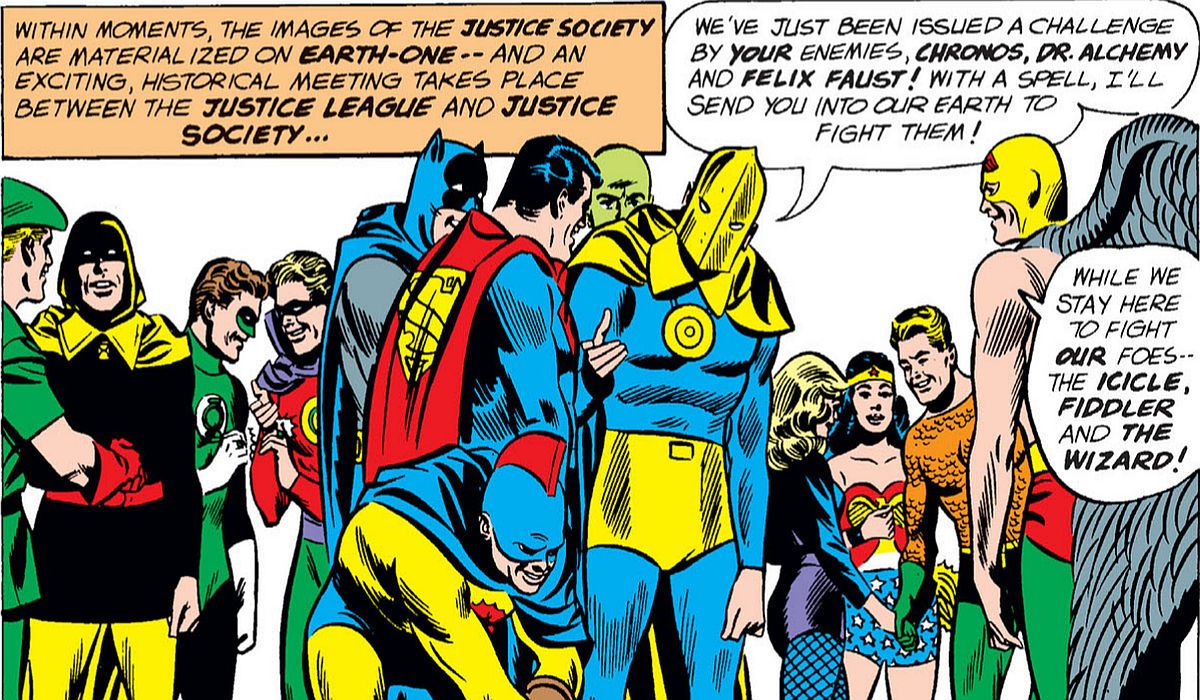
It had been over a decade since the Justice Society of America appeared in All-Star Comics. It seemed like the Silver Age introduction of The Flash would be their end. However, thanks to writer Gardner Fox, artist Mike Sekowsky, and the historic story "The Flash of Two Worlds," the JSA made its modern appearance.
It took place in Justice League of America 21 & 22. There, a JSA team comprised of heroes like the Golden Age Flash, Green Lanter, Hawkman, and Black Canary who joined the JLA to battle villains from both Earth-One and Earth-Two. This pairing would go on for another 20 years before Crisis on Infinite Earths changed everything.
5 Animal Man (1965) Could Mimic Animals
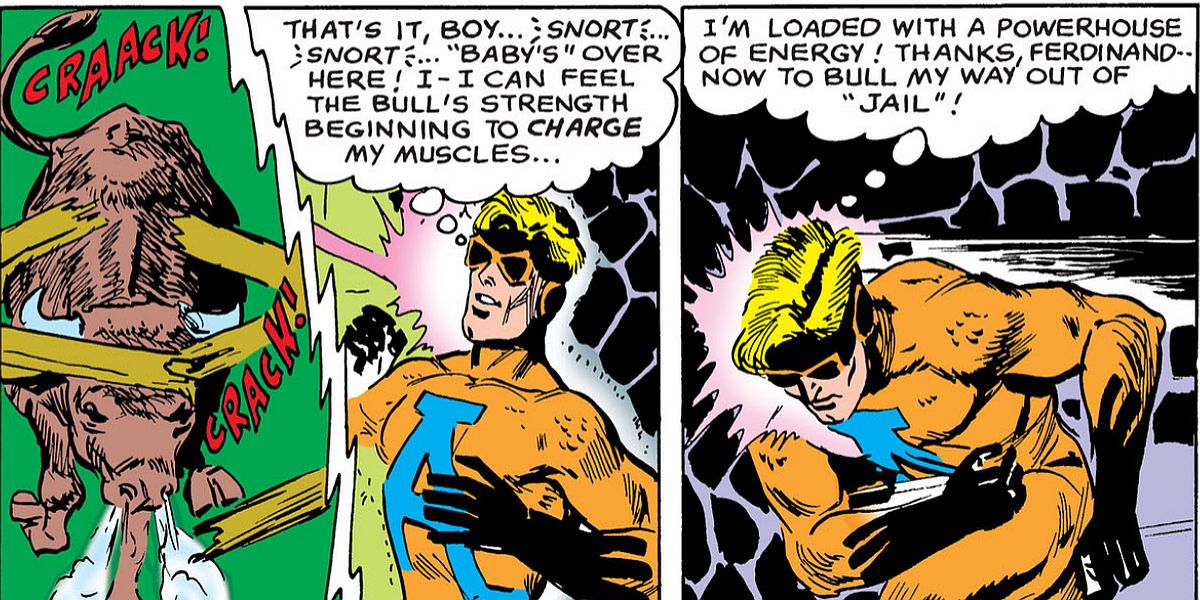
Though he only appeared in 11 stories during the Silver Age, the introduction of Animal Man (A-Man to his friends and enemies) in 1965 was important. If he wasn't created by writer Dave Wood and artist Carmine Infantino for an issue of Strange Adventures then Grant Morrison wouldn't have been able to take him to wild places during the hero's own book in the 1980s.
The early stories gave A-Man his powers to mimic animals from an exploding alien spaceship. During his initial run, he battled space aliens and a talking gorilla who was a mafia boss. Without much traction under him, Animal Man quickly disappeared and didn't re-emerge until the 1980s.
4 Barbara Gordon Served As The New Batgirl (1967)
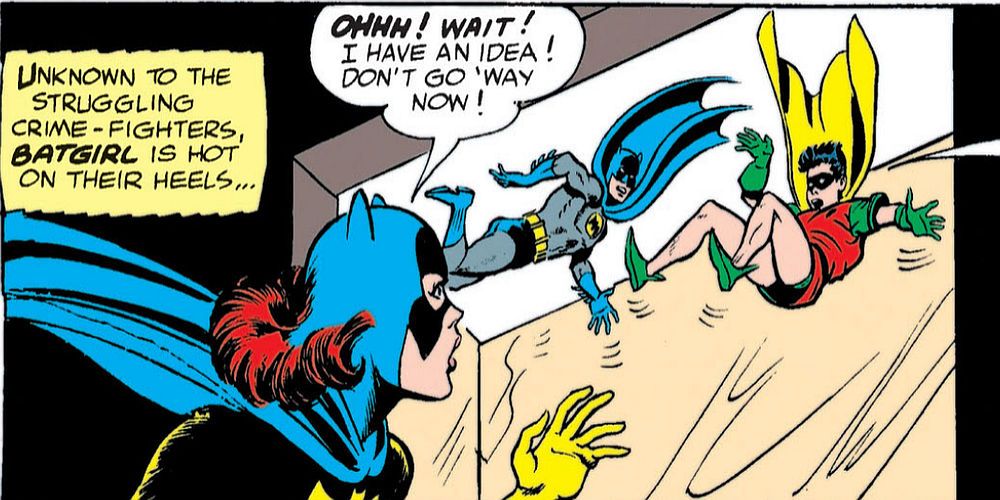
While an earlier version of Bat-Girl existed during the Silver Age, she wasn't a part of the "New Look" Batman of the mid-1960s. Among the things editor Julius Schwartz did to revive both the main title and Detective Comics was to change the Caped Crusader's costume and return him to his investigative roots. In 1967, Schwartz took another step and introduced a new Batgirl to the Batman mythos in Detective #359 by Gardner Fox & Carmine Infantino.
This version of the heroine was Barbara Gordon, the bookish daughter of police commissioner James Gordon. In her first mission, she helped the Dynamic Duo fight off Killer Moth, a villain that would become an arch-nemesis to Gordon in her own comic runs.
3 Deadman (1967) Could Take Over The Bodies Of Others For The Sake Of Justice
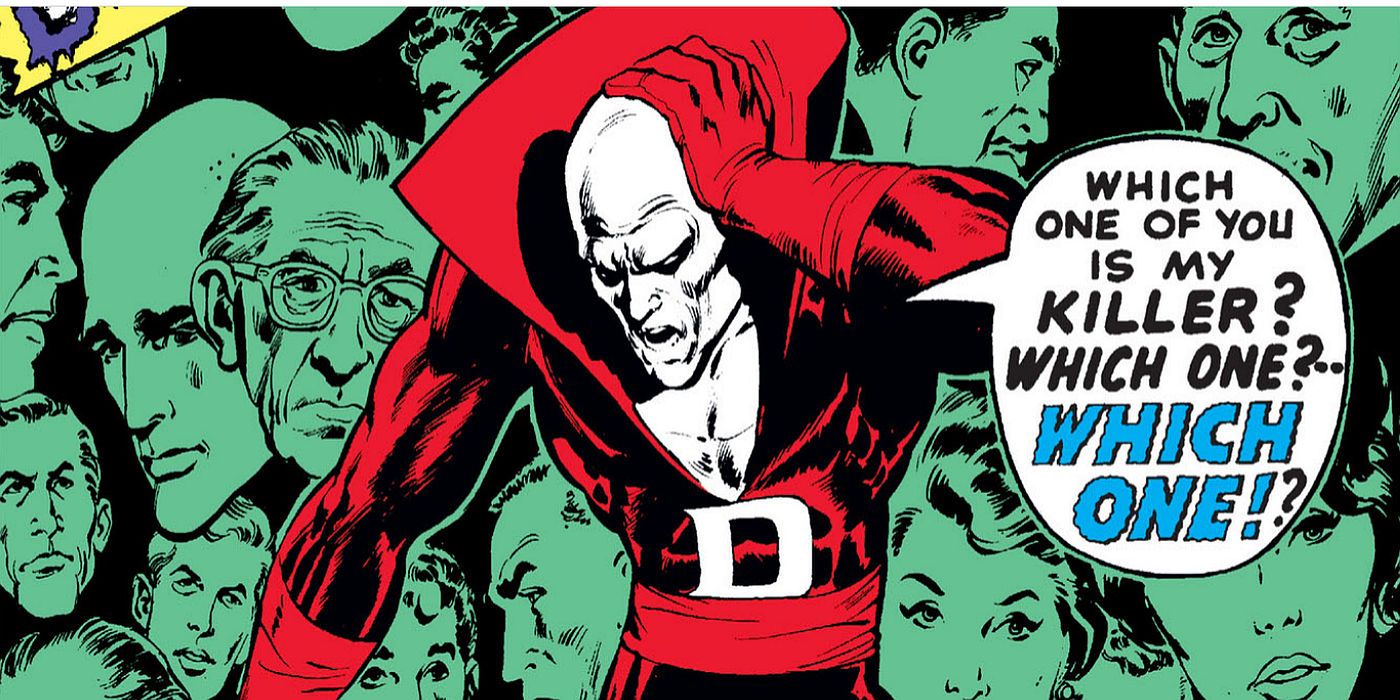
Artist Neal Adams began his career at DC Comics in 1967 doing work for series like Jerry Lewis and Bob Hope. It wasn't until a year later that he began a historic run drawing Deadman in Strange Adventures. It would be something that launched him to greater works during the late 1960s and early 1970s.
Deadman, Boston Brand in his mortal life, was similar in scope to the Spectre. However, he wasn't an agent of Chaos like the latter. Instead, he had the power to take over other people's bodies to exact some form of justice. Adam's run on Strange Adventures was the first place in comics to introduce the subject of narcotics.
2 Creeper (1968) Carried A Personality Somewhere Between Deadpool & The Joker
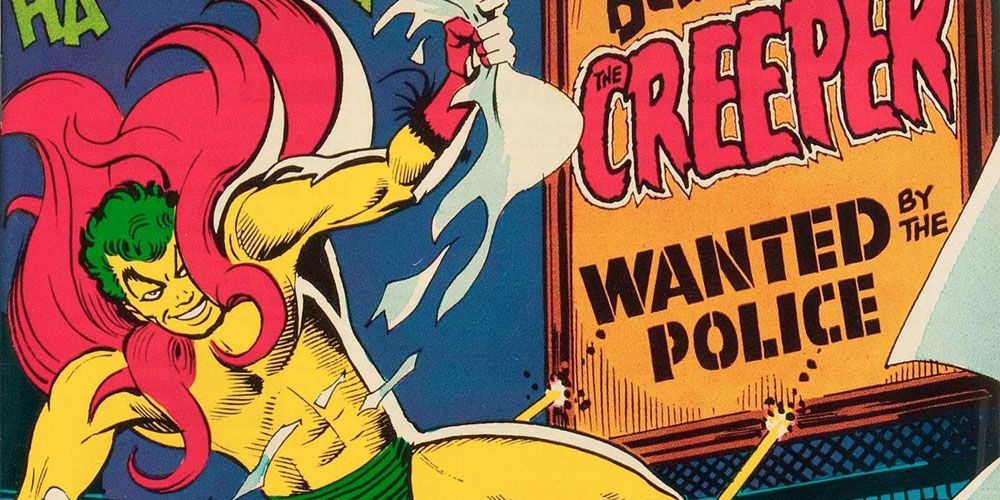
By the late 1960s, artist Steve Ditko was no longer exclusive to Marvel Comics. After his successful runs with Spider-Man and Doctor Strange, Ditko tried his hand with other characters. In 1966, he helped create Captain Atom, The Question, and Blue Beetle for Charlton. In 1968, he jumped over to DC to create two new heroes.
One of these was known as The Creeper. The serious-minded journalist Jack Ryder was granted superhuman abilities by the scientist known as Dr. Yatz. Along with the powers came a personality that was somewhere between Deadpool and Joker.
1 Hawk & Dove (1968) Represented A Willing Fighter & A Pacifist
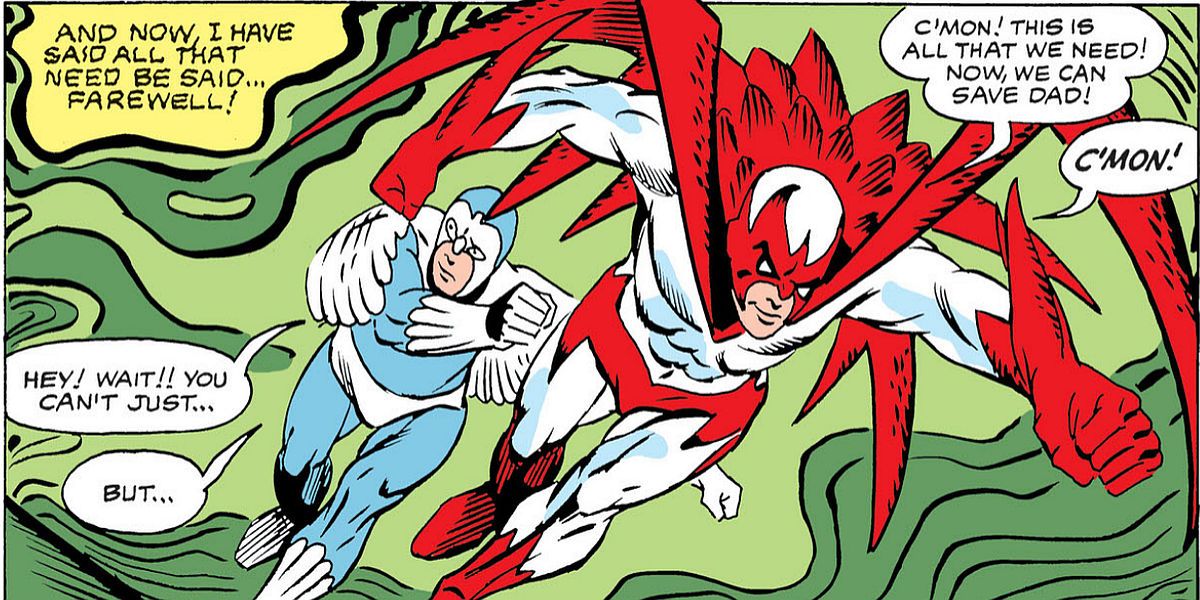
The other heroes Ditko created for DC were a representation of the world during 1968. Hawk & Dove were Hank and Don Hall. The former was ready for battle and the latter was a pacifist, a perfect analogy for the Vietnam era.
When they spoke their superhero aliases, Hank and Don were provided costumes. Along with a change of clothes, they receive increased speed, strength, and agility. The duo had a short-lived series drawn by Gil Kane. After that, they joined the original Teen Titans for a time.
0 Comments